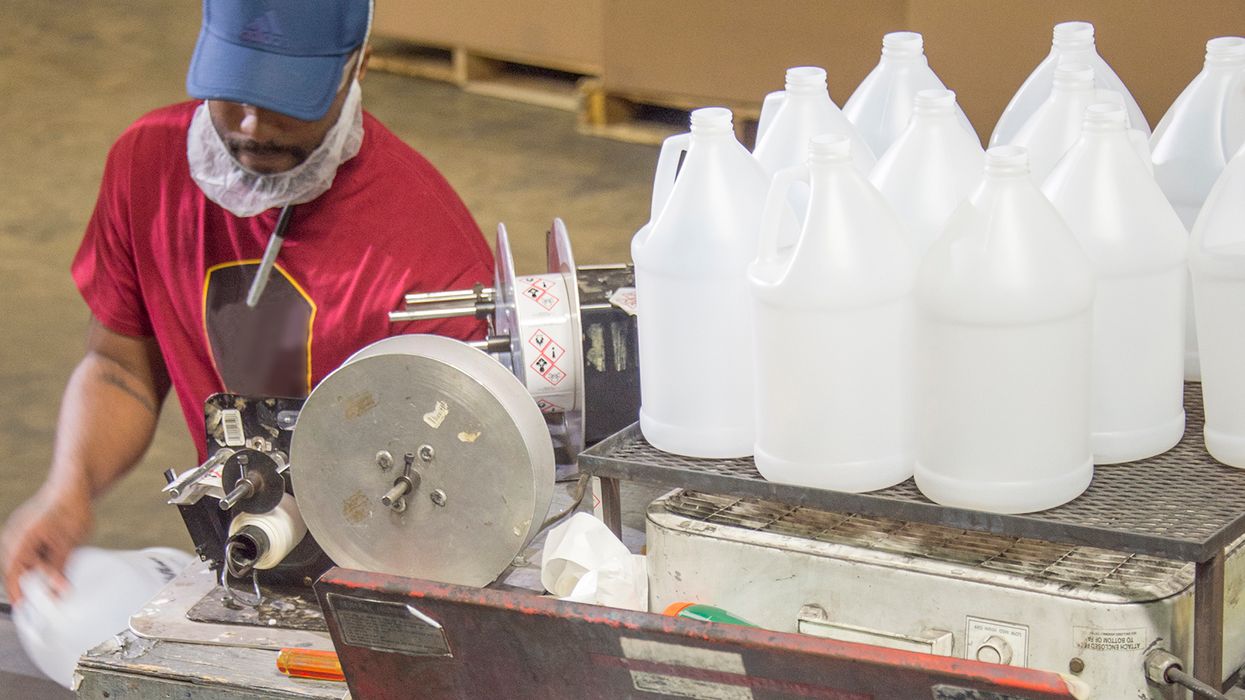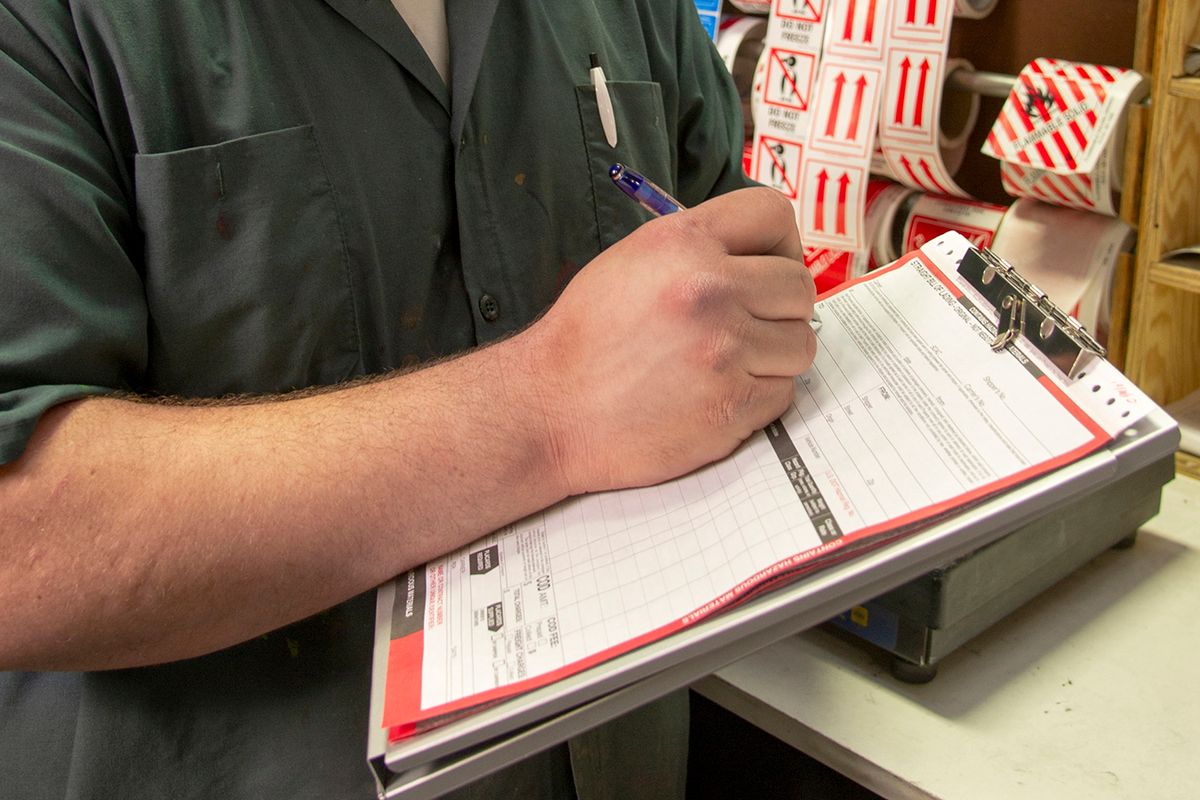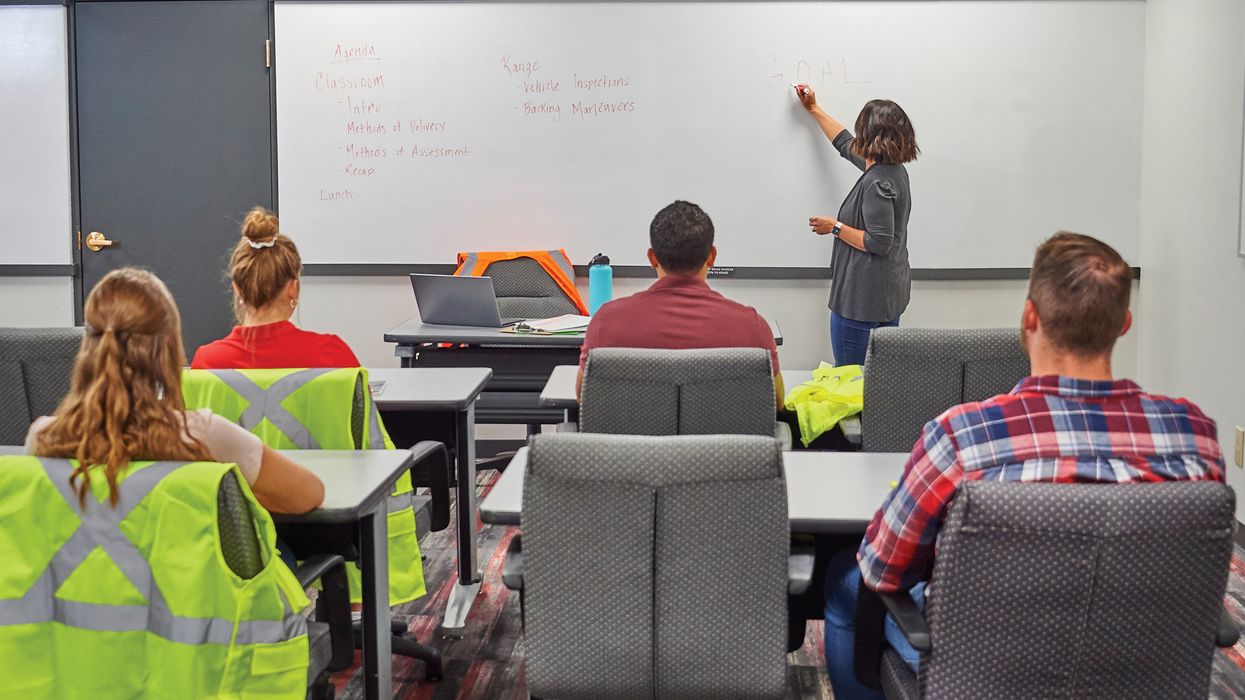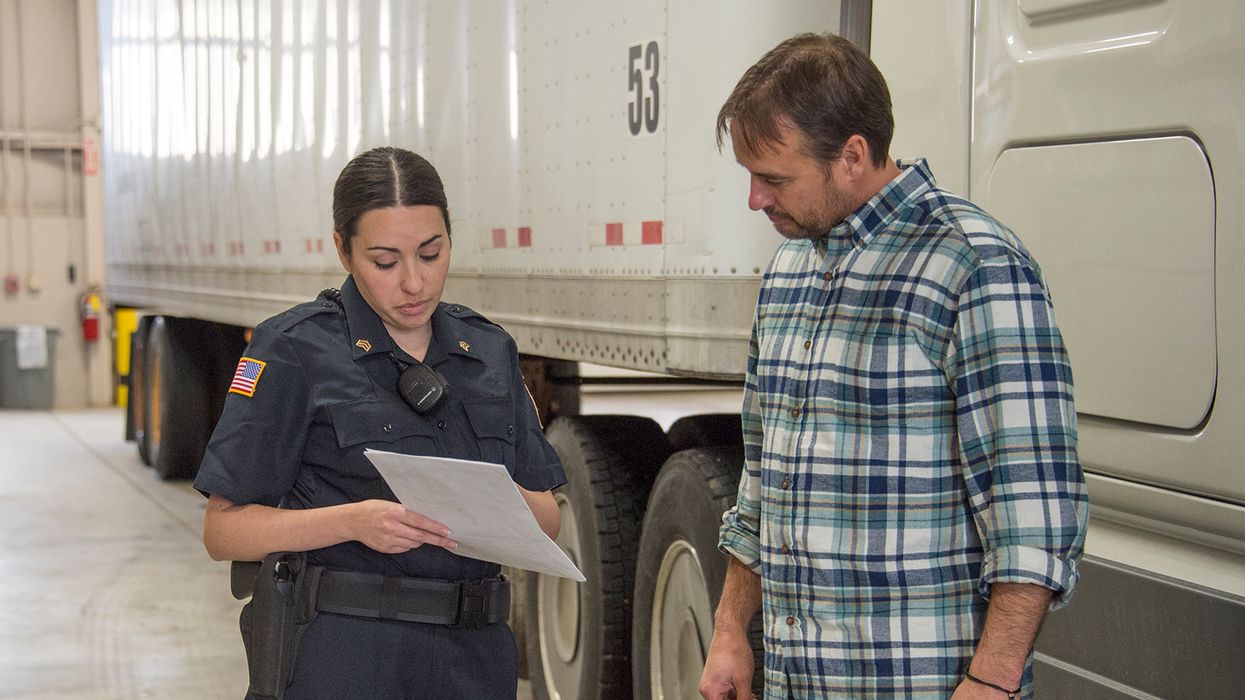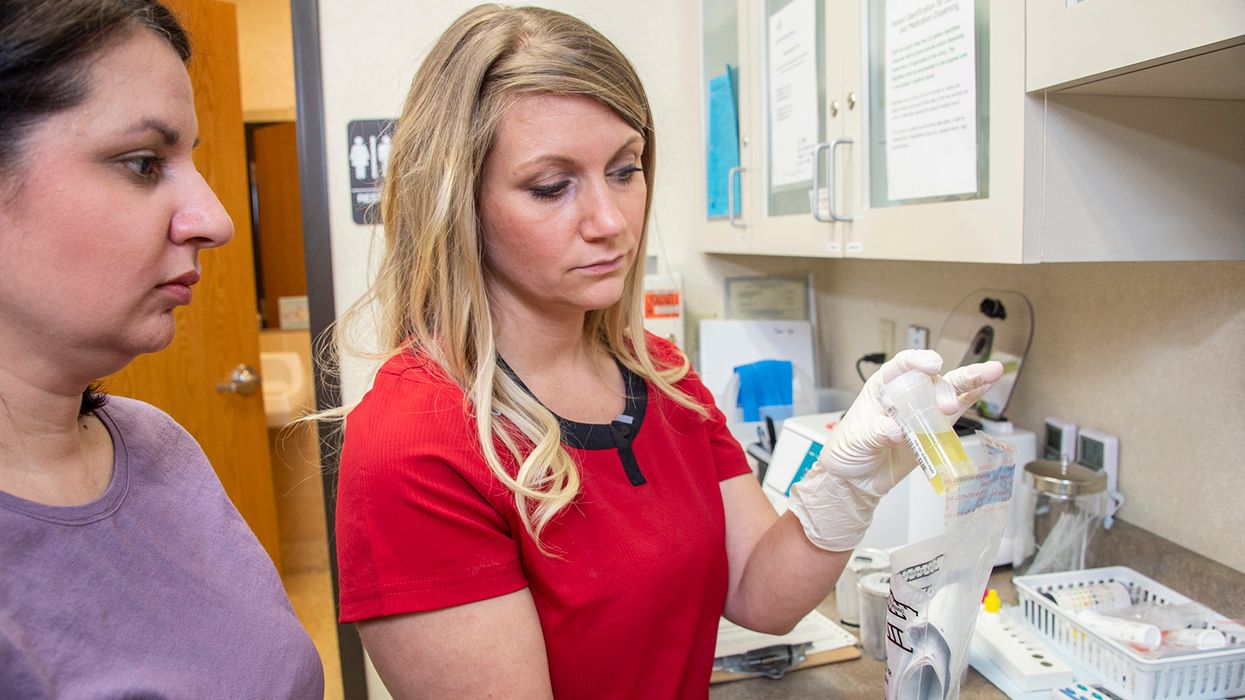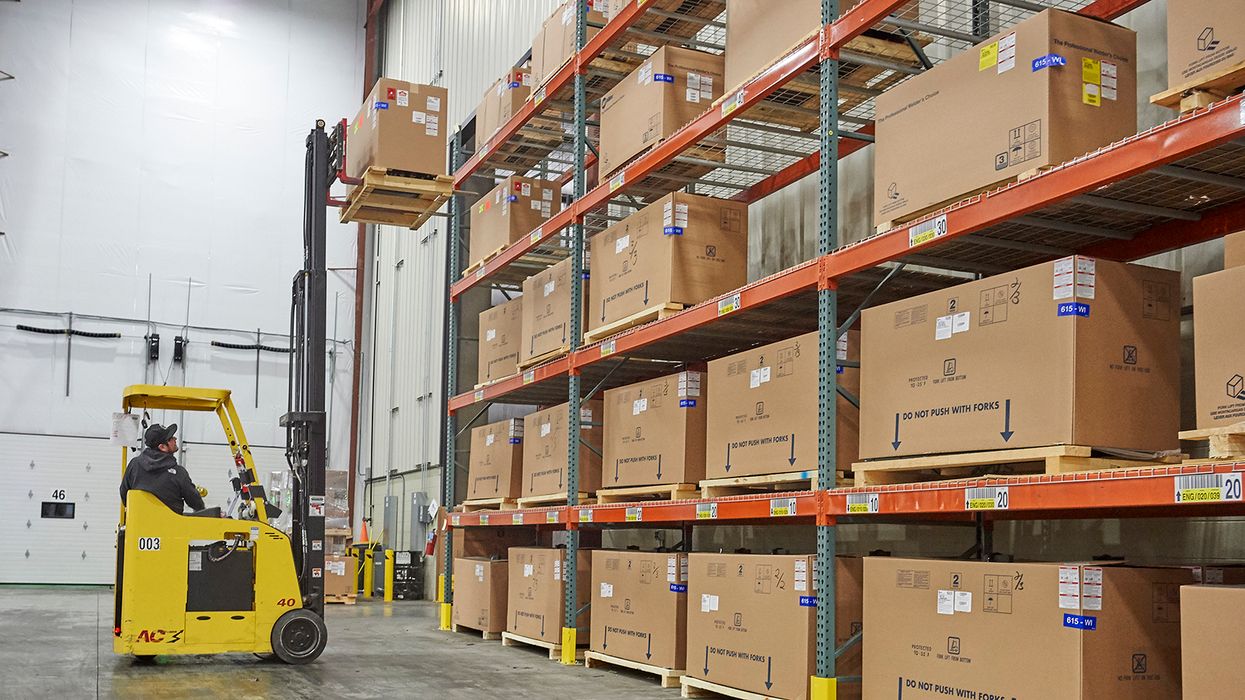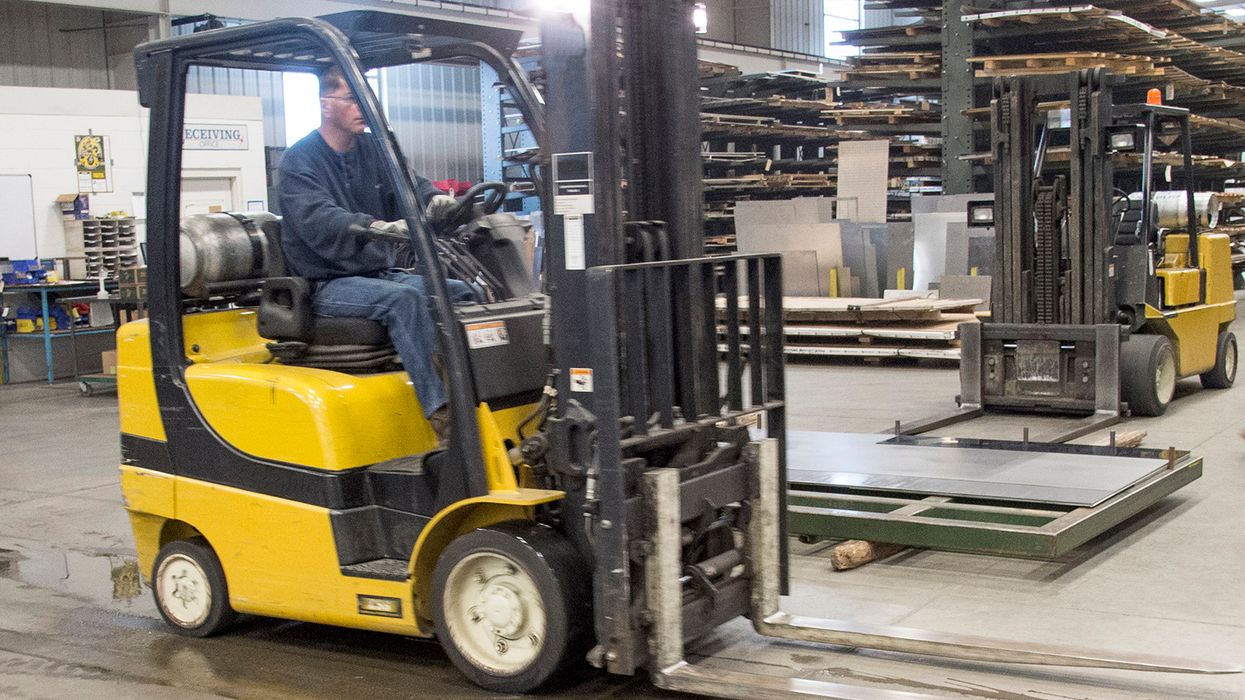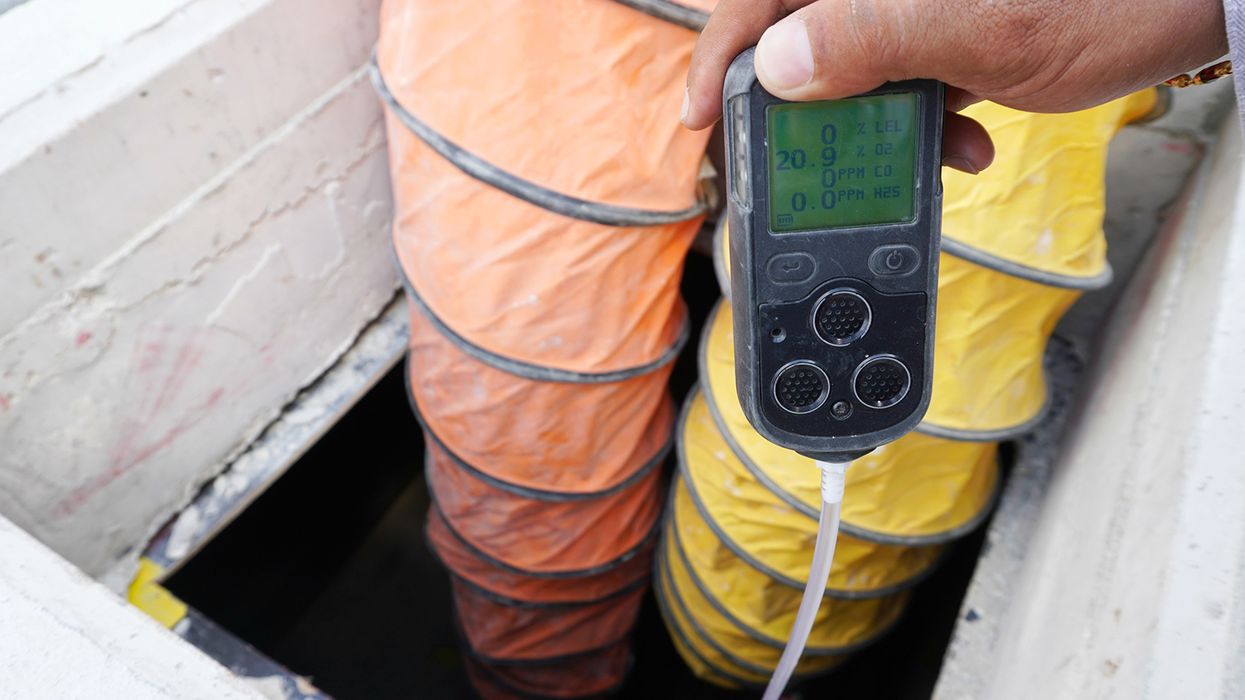The FMCSA Crash Causal Factors Program (CCFP): A renewed focus on truck safety
The Federal Motor Carrier Safety Administration (FMCSA) is undertaking a crucial initiative to enhance truck safety and reduce crashes involving commercial motor vehicles (CMVs) – the Crash Causal Factors Program (CCFP). Drivers and carriers have a critical role to play in this study.
This program builds on the foundation of the original Large Truck Crash Causation Study (LTCCS), conducted between 2001 and 2003. The CCFP recognizes the need for an updated understanding of crash factors, due to:
- Evolving technology,
- Vehicle safety features,
- Changes in driver behavior, and
- Recent increases in fatal CMV crashes.
Echoes of the past: The LTCCS and its revelations
The LTCCS, a landmark study involving 963 crashes across 17 states, delved into the complex environment surrounding large truck crashes. Researchers collected a wealth of information, encompassing over 1,000 data elements per crash, to identify the factors contributing to these incidents. Their analysis determined the "critical event" – the action or event leading to the crash,and the "critical reason" – the immediate cause for that event.
According to FMCSA, the LTCCS identified leaving the lane (32 percent), traveling too fast for conditions (29 percent), and colliding with the rear of another vehicle (22 percent) as the most common critical events in crashes involving large trucks. Driver critical reasons were categorized into four areas: non-performance, recognition, decision, or performance failures. The study found that large trucks were assigned the critical reason in 55 percent of all crashes and in 44 percent of two-vehicle crashes. Decision-making errors were the most common critical reasons attributed to drivers of large trucks.
The LTCCS highlighted key associated factors contributing to crashes, including:
- Brake problems,
- Traffic flow interruptions (congestion, prior crashes),
- Prescription drug use,
- Driving too fast for conditions,
- Unfamiliarity with the roadway,
- Roadway problems,
- Inadequate surveillance (inattention),
- Fatigue, and
- Required stops before the crash (traffic control device, crosswalk, etc.).
CCFP: A sharpened focus for the future
The CCFP's first phase, the Heavy-Duty Truck (crash) Study, aims to collect even more detailed data, focusing specifically on fatal crashes involving Class 7 and 8 heavy-duty trucks (gross vehicle weight rating of 26,001 pounds or more). This two-year study, projected to begin data collection in early 2026, will involve approximately 2,000 crashes from 30 states.
Data will be collected from multiple sources, including police accident reports, post-crash inspections, post-crash investigations conducted by trained officers, and detailed interviews with the involved CMV drivers, motor carrier officials (dispatchers/supervisors, managers, maintenance personnel, etc.), passenger vehicle drivers, pedestrians, and witnesses. These interviews, conducted by the Bureau of Transportation Statistics (BTS), will be strictly confidential and the records of the interviews will not be accessible to FMCSA or others (such as the officers investigating the crash and plaintiff’s attorneys). This meticulous approach seeks to uncover insights into factors like:
- Scheduling and hours of service
- Vehicle inspection and maintenance
- Driver hiring and pay practices
- Driver compensation and benefits
- Distracted and fatigued driving
- Truck stop/rest area availability
The data collection will begin in nine states in January 2026, with the remaining participating states following in April 2026. If you are involved in a crash that will be part of the study, the investigating officer will provide you with information related to the process. The final report is expected in 2029, with the possibility of interim findings being published beforehand.
Key to remember: By leveraging existing state and local data collection processes and supplementing them with confidential interviews, the CCFP aims to streamline the process and gather comprehensive, reliable data that can inform the development of effective strategies to reduce crashes and improve safety on our roads.

































